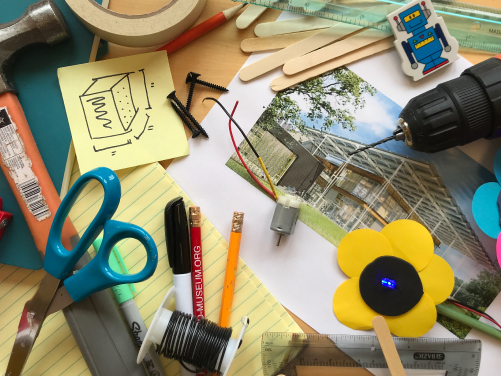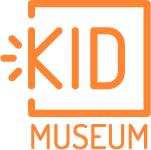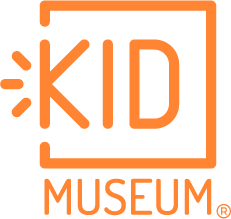 As we mark a new decade that will bring new innovations in education, technology, and work, we are inviting our partners and peers from leading organizations to offer their insights as guest contributors for our 2020 InnoVision blog series. This month’s blog is authored by Merita Zajmi, the 7th & 8th Grade Science & Engineering Arts Teacher at Green Acres School based in North Bethesda, Maryland.
As we mark a new decade that will bring new innovations in education, technology, and work, we are inviting our partners and peers from leading organizations to offer their insights as guest contributors for our 2020 InnoVision blog series. This month’s blog is authored by Merita Zajmi, the 7th & 8th Grade Science & Engineering Arts Teacher at Green Acres School based in North Bethesda, Maryland.
Even though there is no single universally-accepted engineering design process, it generally starts with identifying a problem and ends with designing a solution. We can think of the engineering design process as a recipe for bread—it can be made many different ways, but it is usually going to start with flour and it’s going to end with a loaf of bread.
Green Acres School, where I teach Science and Engineering Arts to middle schoolers, has a long tradition of taking a design thinking approach to solving real-world problems. Our origin story speaks to this. We were founded in 1934 by educators and parents who saw the need for a different kind of learning environment, one where their children would develop a love of learning, a sense of intrinsic motivation, and a deep commitment to social justice. Their vision is as relevant nearly a century later as it was in the school’s nascency. We still focus on instilling a strong set of academic, interpersonal, and leadership skills that will serve students well in high school, college, and into adulthood. Now more than ever, see the need to help students learn how to think about the world and design solutions, and never what to think. This way of thinking is what engineering design is all about, and it’s what every classroom needs.
To help explain what this looks like, I’ll share the example of the Future City Design project, which is part of our Engineering Arts elective for 7th and 8th graders. This project started with one question: how can we make the world a better place? Students were given the task of identifying today’s age-related challenges and asked to figure out innovative solutions.
After interviewing family members and researching and brainstorming ideas, students identified two main problems: transportation and communication for the elderly in today’s cities. In order to figure out solutions for the future, the students needed to first learn how a modern city functions. They researched how transportation, energy sources, education, employment, and medical needs are met in today’s cities. Based on their findings, they wrote a 1500-word proposal for their identified problems and solutions. Then, students began to design a virtual city where they had to consider all these components within a given budget. They decided to place their city on Mars based on predicted technological advancements. They had to figure out ways of building and sustaining a living environment on the Red Planet.
Next, students used recycled materials to design a 3D scale model to display their solutions, all while meeting certain criteria. At the end, this group of students presented their final project in front of engineers at the Mid-Atlantic Regional Competition and answered their questions.
Our students had to complete five deliverables for this competition: 1) a virtual city design of the future, 2) a 1500-word research essay about cities, 3) a scale model, 4) a project plan, and 5) a presentation for the judges at the regional competition. After a great presentation and question-and-answer session, with the engineers judging the work, our group won a special award for the “Best Design of Utility Systems” by the Advantage Engineers of Baltimore.
Through this project, students applied their math and science skills to real-world solutions. They navigated a challenge by trying, failing, and rethinking their design. They developed researching and writing, public speaking, and project management skills. They learned how communities work, how decisions are made, and how they can become better citizens.
Problem-solving skills are the basic literacy of the future. No matter where students land later in life, problem-solving skills offered through the engineering design process can equip them to find solutions to the world’s most challenging problems.
To experience our unique learning approach, we hope you’ll join us for the upcoming “Think Green: Sustainable Design Day” hosted by Green Acres School in collaboration with KID Museum on January 12, 2020 from 10 am- 5 pm. Learn more about this exciting day of STEM, design, arts here.

